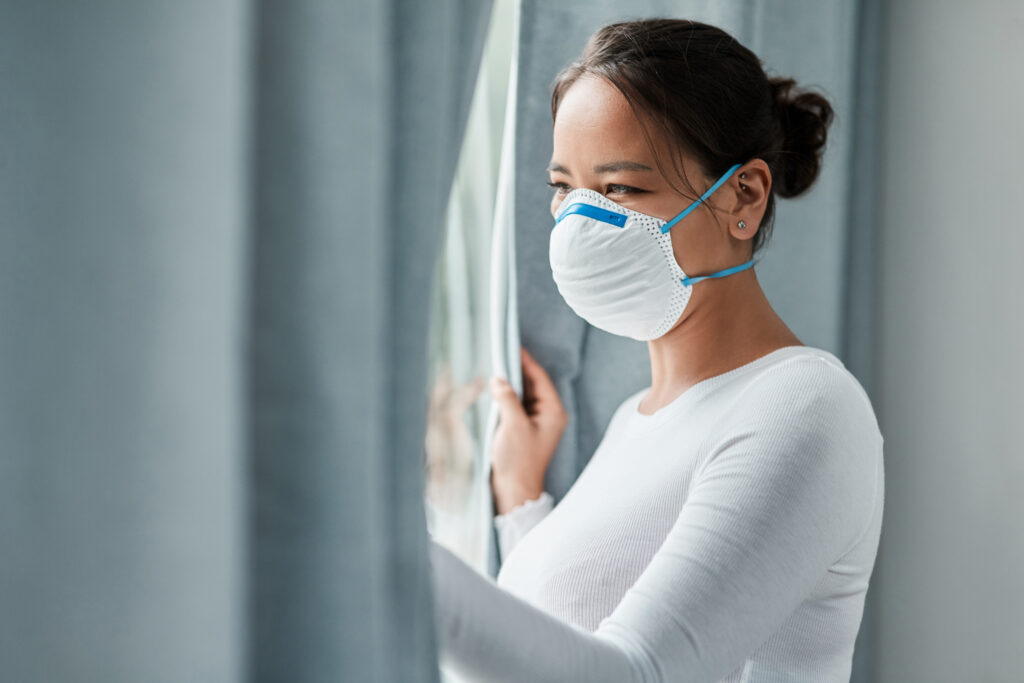Indoor air quality plays a significant role in maintaining a comfortable, healthy, and safe living environment in your home. However, many homeowners are unaware of the various indoor air pollutants that can negatively impact the air they breathe. These pollutants can originate from various sources, including household products, outdoor pollution, and even the occupants themselves. Understanding the most common indoor air pollutants can help you take proactive steps to improve your home’s air quality and protect the health and well-being of you and your family.
Read on to identify five common indoor air pollutants you should be aware of, explore their potential dangers, and discuss how professional HVAC solutions can improve your indoor air quality. By recognizing the sources of these pollutants and working with skilled professionals, you can ensure a cleaner, healthier living environment for everyone in your home.
As your best choice for furnace, air conditioning, and garage heater repair and installation in Calgary and Airdrie, Air Force Heating is committed to providing reliable and effective solutions for your home’s indoor air quality needs.
1. Volatile Organic Compounds (VOCs)
Volatile organic compounds (VOCs) are chemicals released by various household products, such as cleaning supplies, paint, and even some furniture materials. These compounds can evaporate into the air at room temperature, and their presence indoors can potentially cause short-term and long-term health effects. Symptoms associated with exposure to VOCs include headaches, dizziness, and irritation of the eyes, nose, and throat.
To reduce the concentration of VOCs in your home, it is essential to ensure proper ventilation, especially when using products containing VOCs. Additionally, consider choosing low-VOC or VOC-free products to minimize the release of these chemicals into your home’s air.
2. Biological Contaminants
Biological contaminants include allergens and pathogens, such as mould, pet dander, dust mites, and bacteria. These substances can cause various health issues, like allergies, asthma, and respiratory infections, particularly in individuals with weakened immune systems or pre-existing respiratory conditions.
Maintaining proper humidity levels, cleaning regularly, and using air purifiers with HEPA filters can help reduce the presence of biological contaminants in your home. Professional HVAC maintenance, such as duct cleaning and routine inspection of your heating and cooling systems, can also play a crucial role in controlling biological contaminants.
3. Carbon Monoxide (CO)
Carbon monoxide is a colourless, odourless gas produced by the incomplete combustion of fuels, such as natural gas, propane, and wood. Exposure to elevated levels of CO can lead to headaches, dizziness, nausea, and even death in severe cases. Common sources of CO in a home include gas furnaces, water heaters, and combustion appliances.
To safeguard against carbon monoxide exposure, install CO detectors throughout your home and ensure they are functioning properly. Additionally, regular inspection and maintenance of gas appliances and heating systems can help identify potential sources of CO and prevent dangerous situations from arising.
4. Radon
Radon is a naturally occurring radioactive gas that can enter your home through the ground, cracks in the foundation, and openings around pipes. Long-term exposure to high levels of radon has been linked to an increased risk of lung cancer, particularly in smokers.
Testing for radon is crucial in identifying and addressing any potential issues. If elevated levels are detected in your home, corrective measures, such as sealing foundation cracks and ensuring proper ventilation, can help reduce radon levels. Consult with a radon mitigation professional for guidance and assistance in addressing radon concerns.
5. Tobacco Smoke
Tobacco smoke contains thousands of chemicals, many of which are harmful to human health. Inhaling secondhand smoke can lead to various health issues, including respiratory infections, asthma, and lung cancer. To protect the indoor air quality of your home, it is essential to establish a smoke-free environment by not allowing smoking indoors.
Additional Considerations to Improve Indoor Air Quality
Aside from being aware of these common indoor air pollutants and taking steps to minimize their presence, there are several other actions you can take to improve the overall air quality in your home:
– Regular HVAC Maintenance: Enlist professional help to inspect, clean, and maintain your heating and cooling systems, ensuring they operate efficiently and do not contribute to poor indoor air quality.
– Air Filtration Systems: Invest in air purifiers with HEPA filters or consider installing a whole-house air filtration system to continuously filter and clean the air in your home.
– Improve Ventilation: Ensure your home is well-ventilated by opening windows, using exhaust fans, and checking your home’s ventilation systems for proper function.
– Monitor Humidity Levels: Use a hygrometer to keep an eye on humidity levels, and consider using dehumidifiers or humidifiers, as necessary, to maintain a healthy indoor environment.
Take Control of Your Home’s Indoor Air Quality
Being aware of common indoor air pollutants offers you the opportunity to take control of your home’s air quality, creating a safer and healthier environment for your family. By implementing measures to reduce and eliminate these pollutants, you can improve the overall air quality and positively impact the health and well-being of your household.
When it comes to maintaining optimal indoor air conditions, rely on Air Force Heating’s team of professionals to provide the services and assistance you need. From HVAC maintenance and repair to expert air filter replacement in Calgary, AB, we are here to support you in keeping your home comfortable and healthy. Contact us today to discuss your indoor air quality concerns or to schedule an appointment, and let us help you create a cleaner and more enjoyable living space for everyone in your home.




